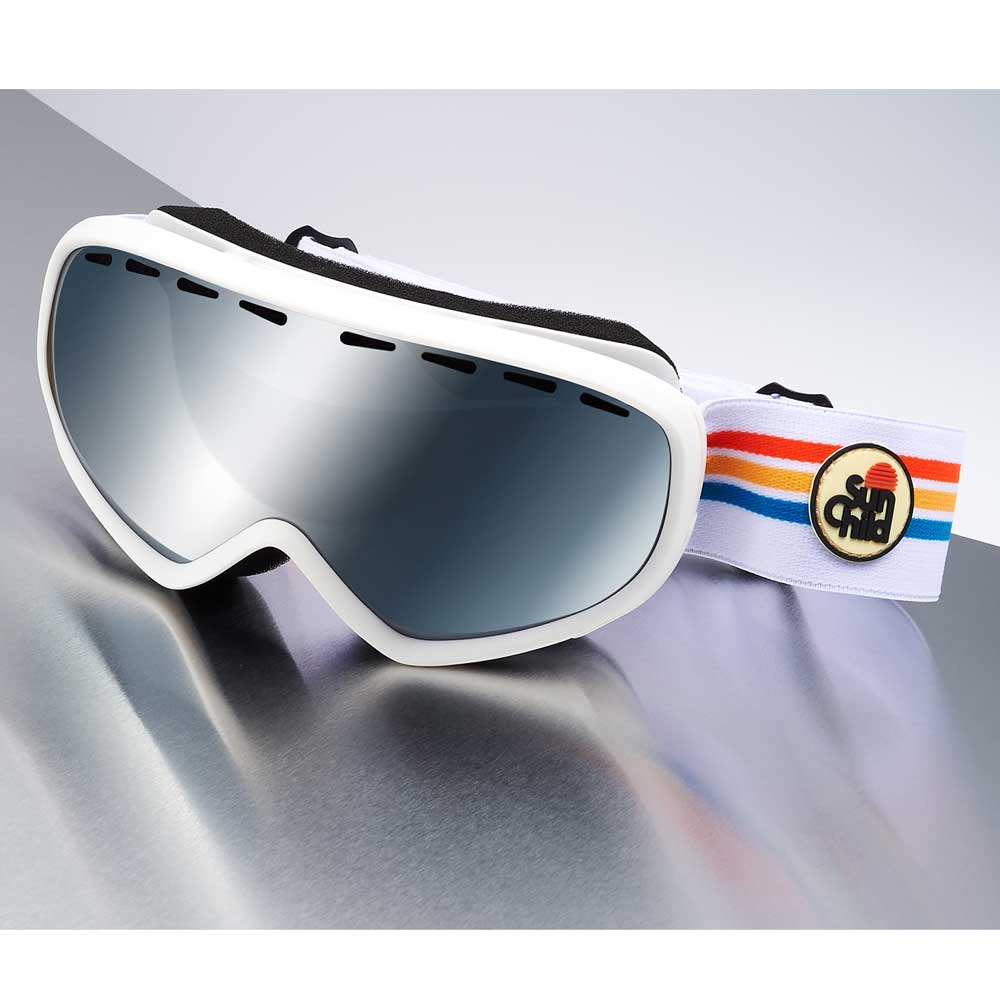Hyperopia and presbyopia are two common and often confused visual defects; indeed their symptoms may be similar.
Both generally cause headaches , eye fatigue or even general fatigue , difficulty seeing well up close . For the most part distant objects are clear while near objects are blurry. These symptoms are identical and their explanations are different.

What is hypermetropia ?
Hyperopia or farsightedness is a refractive defect of the eye that we have had since childhood ; the farsighted is embarrassed up close but he can also be from afar .
This is often due to an eye that is “too short”: the retinal image of an object is formed behind the retina, vision is then blurred. Near vision is difficult .
What is presbyopia?
Presbyopia is an age-related defect due to loss of accommodation.
As we age, the lens (organ of accommodation) loses its flexibility. It deforms with difficulty and objects, texts, near vision details become more and more blurred.
Following the lines of a newspaper or the transition from far vision to near vision is complicated.
This phenomenon occurs around the age of 45 . That is why it is necessary to be careful and consult an ophthalmologist who will give you a visual examination.
You can read our article on presbyopia for more information.
How to improve your visual comfort?
A 35-year-old person with blurred near vision is generally not a “young” presbyopic but an uncorrected farsighted person who can no longer adjust to have comfortable near vision.
After 40-45 years, the farsighted person also becomes presbyopic ! Currently no solution exists to prevent either defect.
A healthy and balanced diet, regular visual exercises … are the best ways to guard against these problems but do not allow them to be avoided.
However, there are simple and effective solutions for everyday life. Have you heard of mid-distance glasses ? They improve your near vision and your proximity vision as well as your ability to go from far to near.


